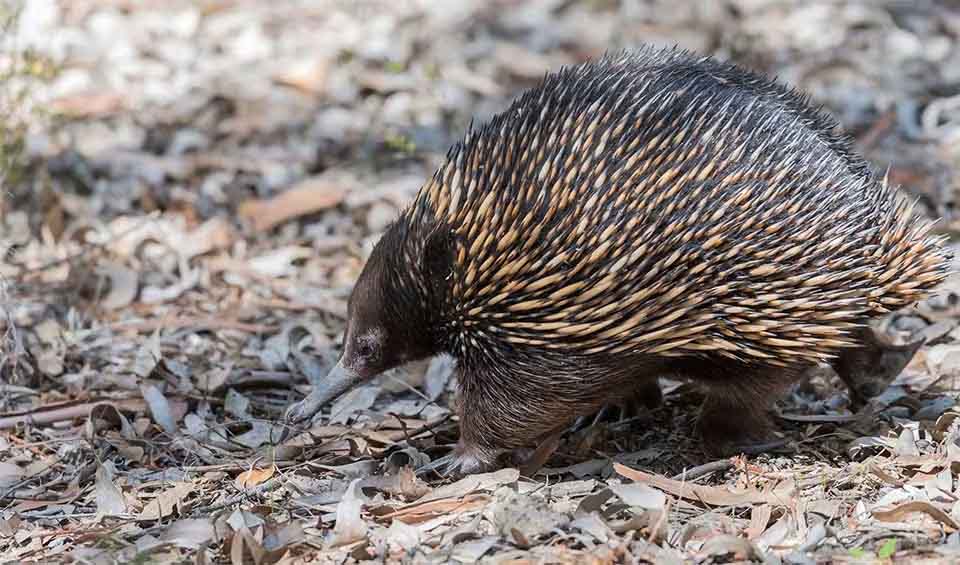Monotremata – Platypus & echidnas
The most ancient living mammals order has retained several reptilian features!
The order Monotremata beckons us into an ancient world where the lines between mammals, reptiles, and birds blur intriguingly. This order is represented by some of the most enigmatic creatures on Earth: the platypus and echidnas, or spiny anteaters. These species are the sole survivors of the subclass Prototheria, which diverged from the more familiar live-bearing mammals over 166 million years ago.
Egg-laying mammals, or monotremes, are a biological paradox, coupling traits we associate with the earliest reptiles and avians with that characteristic of mammals. The female platypus and echidnas produce eggs, which they incubate and hatch. The young, once they emerge, are not greeted by teats as in other mammals, but rather, they lap up milk secreted from specialized glands on their mother’s skin.
The platypus, a resident of Eastern Australia’s freshwater environments, is particularly peculiar. With its duck-like bill, webbed feet, and flat tail, it appears as a creature stitched together from parts of other animals. This bill is not just for show; it is a highly sensitive organ capable of detecting the electric fields generated by the muscular contractions of its prey. When European scientists first encountered the platypus, its appearance was so baffling that it was thought to be a hoax, a taxidermic fabrication.
Echidnas, with their spiky appearance and solitary habits, are equally fascinating. They are found in New Guinea and Australia, thriving in environments ranging from the snow-clad Australian Alps to the tropical rainforests. Like the platypus, echidnas are also equipped with electroreceptors, although fewer in number, which they use to detect their prey. When threatened, an echidna will curl into a ball, with only its spines exposed, or burrow into the ground to protect its soft underparts.
The name ‘Monotremata‘ itself, meaning ‘single opening’ in Greek, refers to the cloaca, an all-purpose orifice serving reproductive, urinary, and excretory functions in these animals, reminiscent of their reptilian ancestors.
Despite their primitive reproductive system, monotremes have evolved complex and highly specialized behaviors. The male platypus, for instance, has spurs on its hind limbs that can deliver venom, a rare trait among mammals. This venom is not lethal to humans but can cause severe pain and swelling.
Families in this order
An animal with a beak, fur, and webbed feet that also lay eggs and secretes venom? Meet the platypus, The king of weirdos!
These walking sniffing balls of spines are even weirder than their cousins, the duckbilled platypuses


